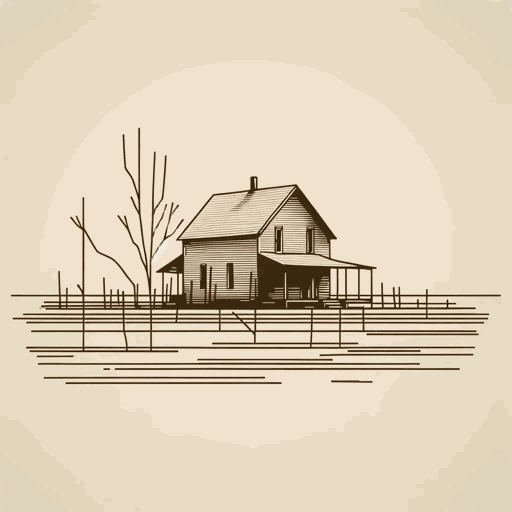30 pages • 1 hour read
Doris LessingNo Witchcraft for Sale
Fiction | Short Story | Adult | Published in 1956A modern alternative to SparkNotes and CliffsNotes, SuperSummary offers high-quality Study Guides with detailed chapter summaries and analysis of major themes, characters, and more.
Themes
Social Hierarchy During Apartheid
One major theme of this and other stories Lessing wrote during this period is the damaging social hierarchy created by colonial policies, such as apartheid. In colonial Africa, authority figures and landholding people were white, and their servants and farm workers were Black. Racist ideology was inextricably woven into structures of social class and power to form a caste system that ensured the minority white population held outsized power. While the African nation in “No Witchcraft for Sale” goes unnamed, Lessing includes Afrikaans words like “kraal” and “baas” to hint at the story’s South African setting. With this, the interactions in the story are colored by apartheid, a system of institutionalized segregation.
Gideon and the Farquars accept their social stratification as preordained by God, best illustrated when Gideon says, “It is God’s will” (68), when talking to Mrs. Farquhar about the different paths their children will take. The narrator describes Gideon as a “mission boy,” lending to an overall message that these beliefs ruined the relationship Gideon could have had with Teddy and the Farquars. Teddy is socialized to believe that Gideon and other Black servants are inferior, even when as a child.
Related Titles
By Doris Lessing

A Woman on a Roof
Doris Lessing

Briefing for a Descent Into Hell
Doris Lessing

Martha Quest
Doris Lessing

Prisons We Choose to Live Inside
Doris Lessing

The Fifth Child
Doris Lessing

The Golden Notebook
Doris Lessing

The Grass is Singing
Doris Lessing

Through the Tunnel
Doris Lessing

To Room Nineteen
Doris Lessing

